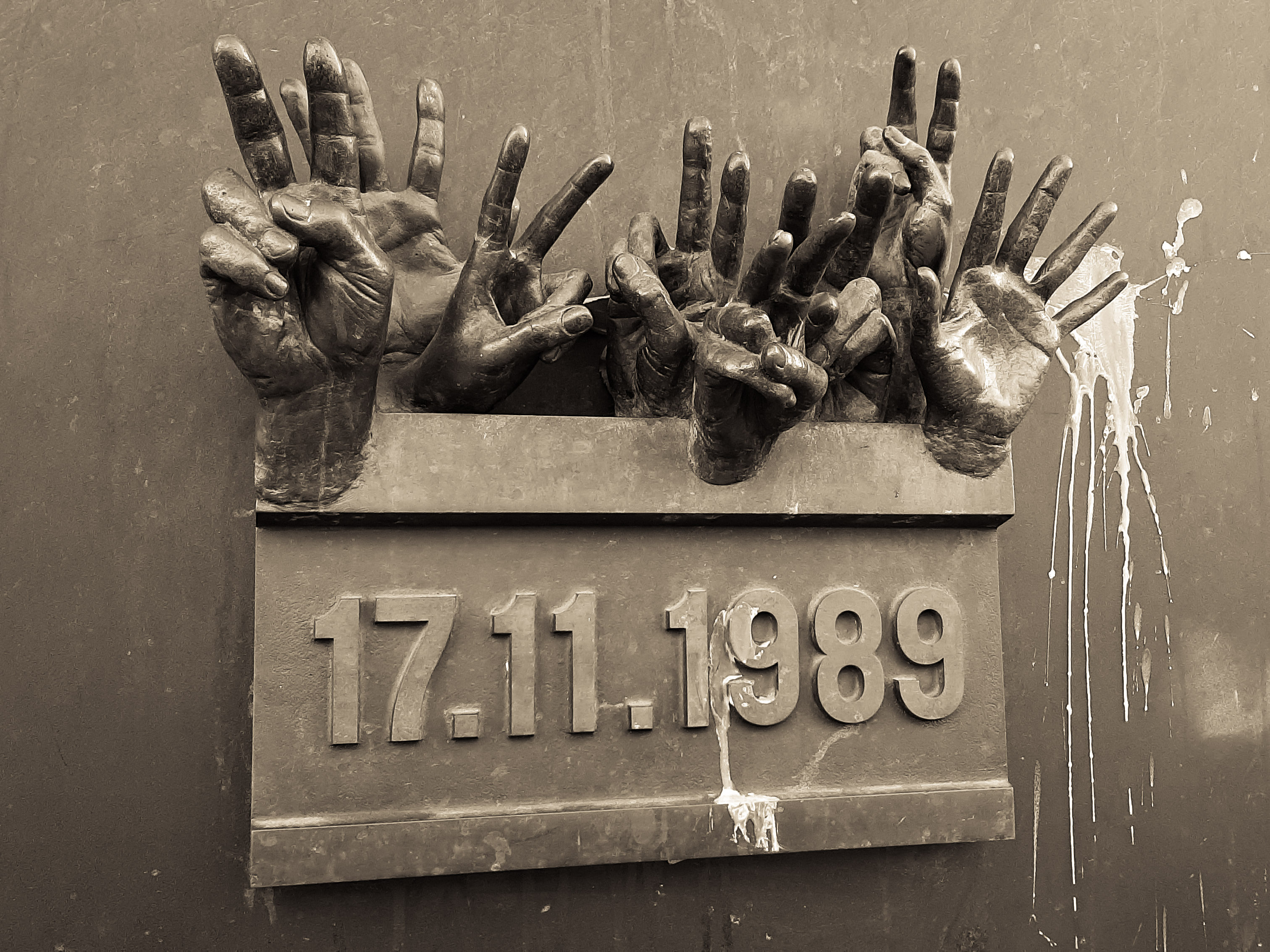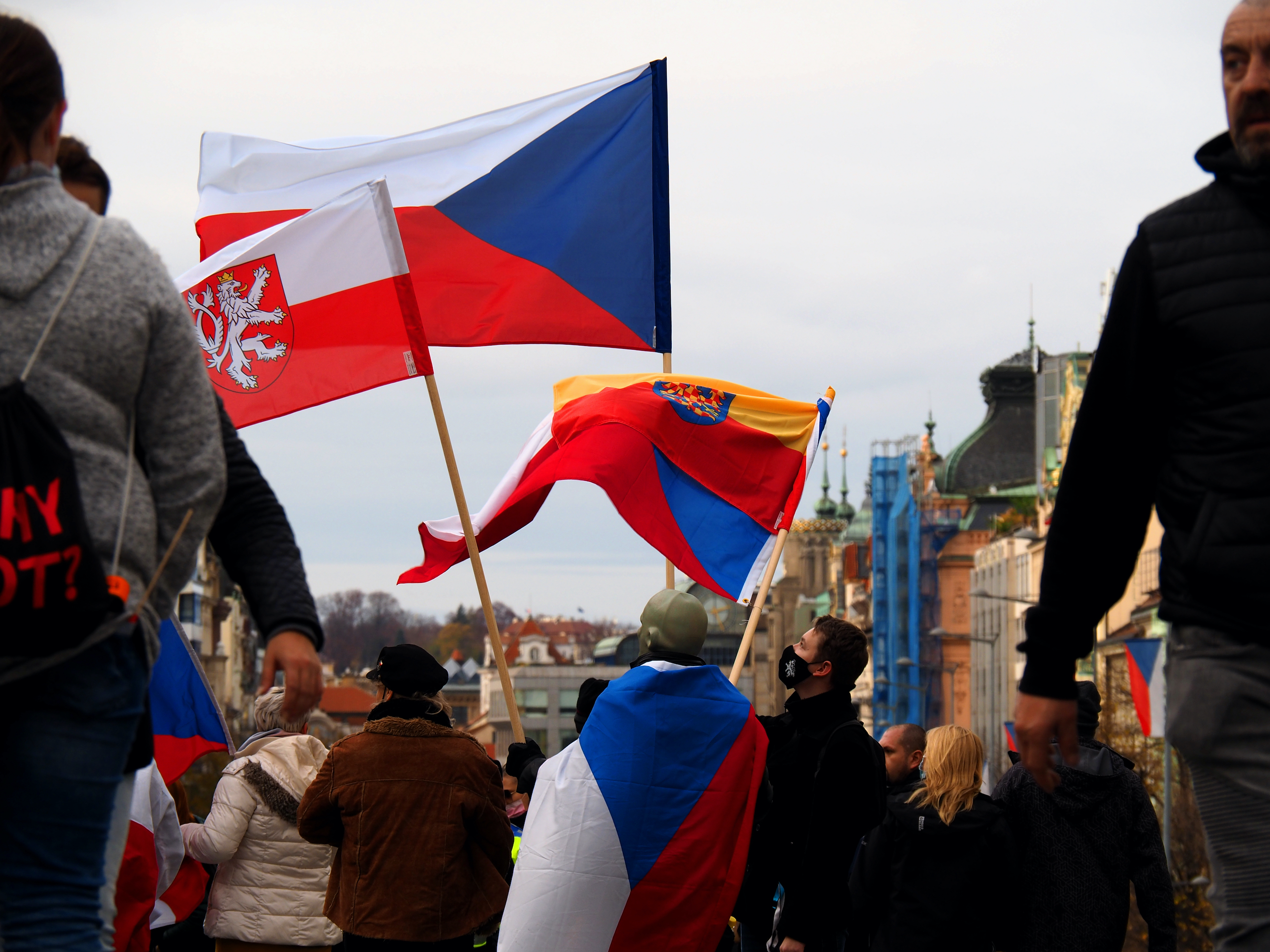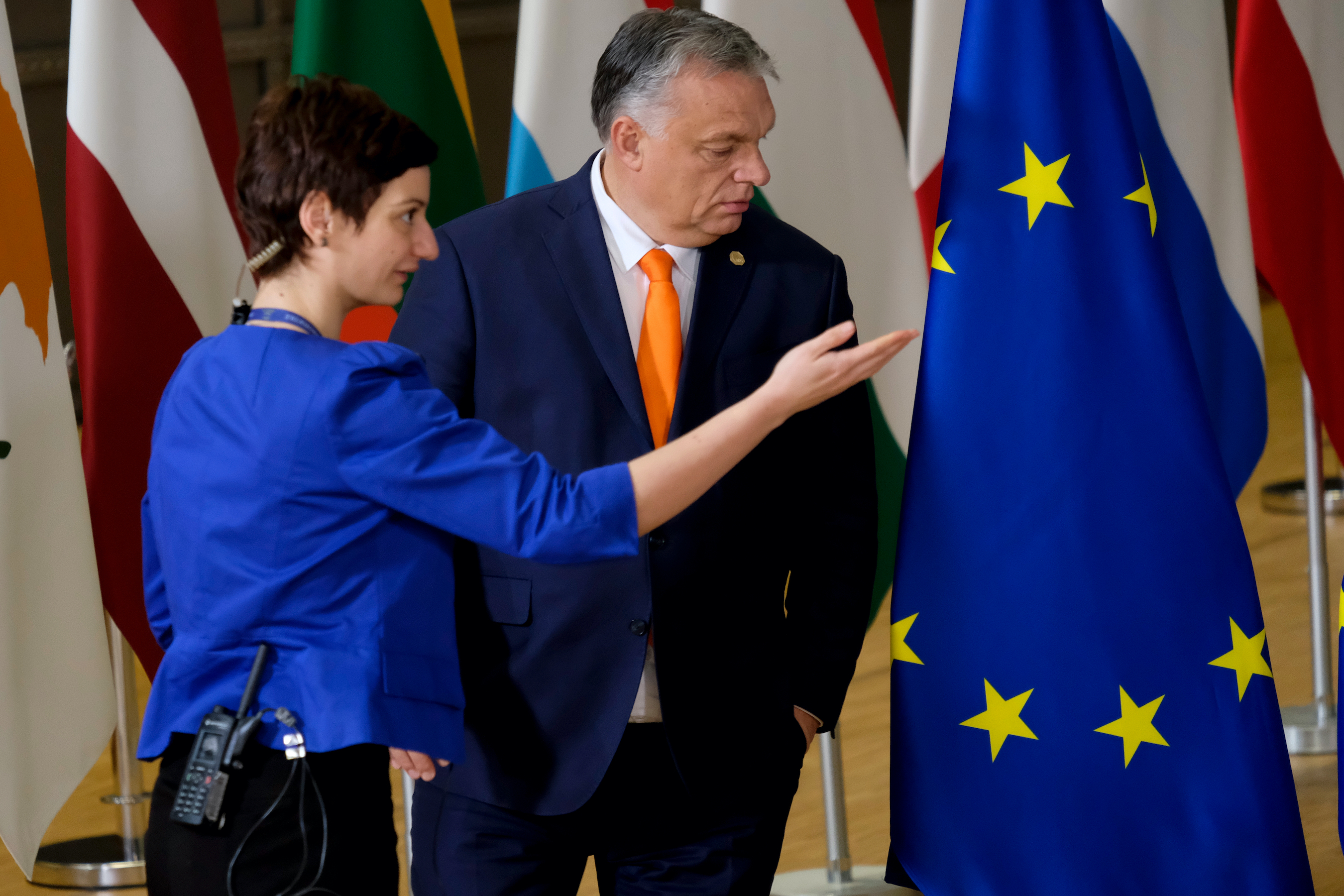A process was set up in which a set of new criteria were laid out by the European Union: the Copenhagen criteria. These countries had to work extremely hard for at least 15 years to meet the criteria to be accepted as members of the European Union. Ten of these countries were then brought in in what was called the Big Bang Enlargement, in 2004. Bulgaria and Romania followed in 2007.
The EU's eastward enlargement and the crisis of the democratic dream
Professor of European Studies
- The slogan of the Velvet Revolutions in Central Europe was “The Return to Europe”. Europe meant all good things at once: it meant democracy, freedom, peace, prosperity and justice.
- In Eastern Europe, everything changed: the political system, the economic system, the food in the shops, the clothes, the language, the street signs. It was a total capitalist revolution.
- The question for the European Union is can we support those who are defending liberal democracy, human rights, the rule of law and free speech?
“The Return to Europe”
The slogan of the Velvet Revolutions in Central Europe was “The Return to Europe”. For my friends in Poland, Hungary, the Czech Republic, Slovakia and elsewhere, Europe meant all good things at once. It meant democracy, freedom, peace, prosperity and justice. They wanted to get as far away as fast as possible from the disintegrating Soviet Union and as close as possible to the integrating European Union, which, of course, came into existence with the Maastricht Treaty in 1992.

Photo by JakC
An ambitious description of liberal democracy
The entire history of what has become the European Union is actually a history of enlargement, starting with countries like Britain and Ireland in the early 1970s, going beyond the original six – France, Germany, Italy and Benelux – then, of course, Spain, Portugal and Greece, as they shook off their dictatorships. So, European membership was already associated with democracy.
Then came the expansion to Scandinavia in the 1990s. By the time the fragile new democracies of Central and Eastern Europe came along, the transition to Europe and the transition to democracy were inextricably intertwined. As for the Spanish and the Portuguese, they’re one and the same thing. So, the criteria were certainly economic and financial, they were legal, they were about the treatment of minorities, they were about border regimes, but they were also about democracy, human rights, the rule of law, media pluralism and so on. It’s a very ambitious description of what an ideal European liberal democracy and Member State will look like.
At the same time, the people of Central and Eastern Europe were expressing their democratic will by saying we want to join Europe, and the process of joining Europe was strengthening and reinforcing the building of democracy at home. It’s a two-way process. If there had not been the European perspective, I think these democracies, if they became democracies at all, would have been much more imperfect democracies than they actually became.
The flaws in the Eastward Enlargement plan
The Eastward Enlargement of the EU was a very good thing if you wanted to put it in such simple terms. All throughout the history of the project of Europe, since the disaster of the Second World War, people have seen the construction of the European Union in Western Europe as just a building block towards a larger Europe that would be whole and free. It’s there in Winston Churchill’s Zurich speech in 1946 in the great Congress of Europe. In The Hague in 1948, Charles de Gaulle talked about this eloquently. It’s part of the intrinsic vision of European integration that it should gradually be extended to the east and to the southeast, to take in the whole of Europe.
Things started going wrong, not immediately after and as a result of joining the EU, but chronologically from 2008 to 2010. The financial crisis, which, of course, became the eurozone crisis, had a lot to do with this. Remember that we have the beginnings of a crisis of democracy in many South European countries, not just in Eastern Europe. Many of the features of populism in Poland or Hungary are quite similar to what we saw in the Brexit campaign in Britain or with Marine Le Pen in France or Matteo Salvini in Italy.
There were some peculiar Central and Eastern European elements. First, there wasn’t just soaring inequality; there was that sense of historical injustice. The people that got rich dirty were often former Communist Party apparatchiks or members of the secret police, or not very savoury characters. That’s distinctive.
The only thing that changed was everything

Photo by loannis7
Second, in Western Europe, thanks to globalisation, Europeanisation and the digital revolution, a lot changed. In Eastern Europe, everything changed: the political system, the economic system, the food in the shops, the clothes, the language, the street signs. It was a total capitalist revolution. The human mind can only bear so much change, as Mary Shelley observed, and at a certain point you get a classic reaction in response to globalisation, Europeanisation, liberalisation and digitalisation all happening at once. People cry, ‘Too much!’ ‘Too fast!’ ‘Enough!’ ‘Stop it!’ They reach back to more traditional identities: the family, the Church, the nation.
A third element is simply feeling that we have somehow become second-class Europe. We’ve just got a cheap copy of what you have in the West and we want to stand up and say, we’re something special; we’re Poles; we’re Hungarians; we have these great traditions; we count for something in the history of European culture. A certain sense of wounded national amour propre also comes out. So, those are three distinctive elements which make the populist reaction actually bring the populists to power in Poland and in Hungary.
The demise of the democratic dream in Hungary and Poland
In 2010, most political scientists agreed that Hungary and Poland were consolidated democracies, pretty much like Spain, Portugal or the Netherlands. EU Member States, NATO Member States … everything was looking good. Mission accomplished. Dream come true.
It’s precisely in 2010, when Viktor Orbán won a landslide election in Hungary, that the erosion of democracy in Hungary began and, step by step, in what suitably for Hungary are called salami tactics, Orbán sliced away all the liberal and pluralistic elements, all the checks and balances that make a proper liberal democracy. The electoral law was changed; constituencies were gerrymandered; the constitution was changed many times; the independence of the courts was utterly emasculated. The State administration was entirely politicised so that when it came to the next election, Orbán’s party, Fidesz, could use the massive resources of the State to do his election campaign.

Photo by Alexandros Michailidis
The independence of the media was gradually eroded by various subtle means by being taken over by friendly owners, by channelling all the State advertising budget to friendly media, by rewarding media owners with contracts in other areas. Most shockingly, all of this was done using billions of euros in EU funds that were channelled to Hungary in the name of European solidarity, so that when you come to the 2018 election, Hungary is no longer a democracy. It’s some sort of competitive, authoritarian or electoral authoritarian regime. It’s a really shocking fact that that happened not just inside the EU but actually with the help of EU money.
Eastern Europe does not exist
Hungary is the worst case so far. In Poland, which is a much bigger country, with a much more active civil society and more diverse independent media, the change started in 2015, when a party called Law and Justice won both parliamentary and then presidential elections. The independence of the judiciary and the rule of law has been extensively eroded. There was much more pushback from civil society, opposition parties and independent media, so the process in Poland is much less farther down the road towards the erosion of democracy.
Eastern Europe does not exist. It’s an incredibly diverse region, just as in a sense, Western Europe doesn’t exist. Ireland is very different from Greece and Greece is very different from France. There’s extraordinary diversity in this region. Hungary, above all, and then Poland are the clearest examples of nationalist populist regimes. Then you have a spectrum with Slovenia currently heading very much in the populist direction. At the other end, there’s Estonia, which is really a very impressive example of a successful transition and a country which would still clearly be described as a liberal democracy. So, there’s a very wide spectrum, but the trend over the last decade has been rather more in the direction of nationalist populism.
Our collective capacity to reverse the situation
After the first great breakthrough, which in a way started the process that led to the fall of the Berlin Wall – namely the great strikes on the Baltic coast in Poland in 1980 that gave birth to the solidarity movement – a solidarity leader said, ‘Our only guarantee is ourselves.’ I’m afraid that is still true for these countries. Fundamentally, we have learned that the EU, for all its panoply of treaties, charters and good intentions, cannot of itself guarantee the preservation of liberal democracy. Our only guarantee is ourselves. It’s up to the societies themselves.
The question for the European Union – and I speak as a European, so for us in Europe more broadly – is can we support those who are defending liberal democracy, human rights, the rule of law and free speech? Or is the bottom line that the EU is actually – and this would be shocking – going to facilitate the erosion of democracy?
Discover more about
the enlargement of Europe and the fate of democracy
Garton Ash, T. (1999). History of the Present: Essays, Sketches, and Dispatches from Europe in the 1990s. Allen Lane.
Garton Ash, T. (1989). The Uses of Adversity: Essays on the Fate of Central Europe. Random House.
Garton Ash, T. (2009, December 3). Velvet Revolution: The Prospects. The New York Review.